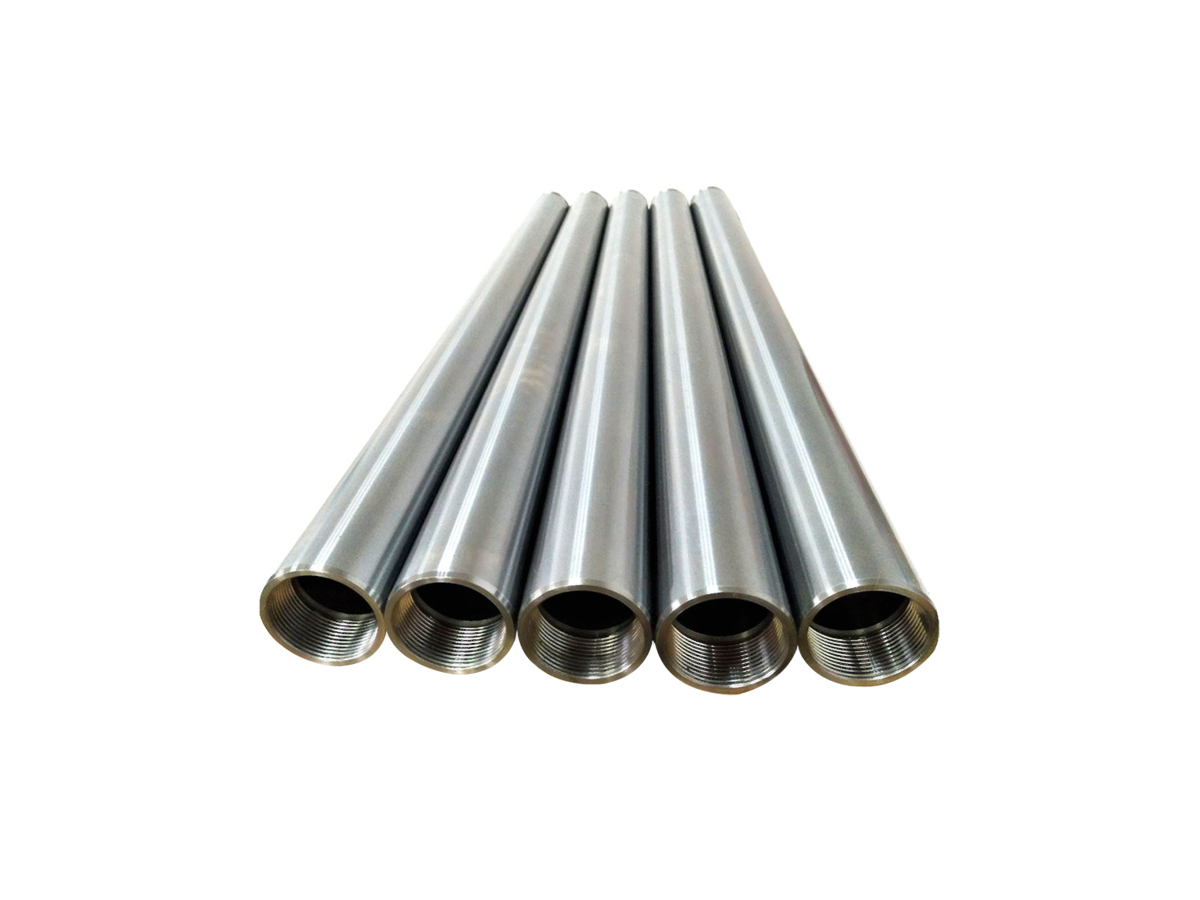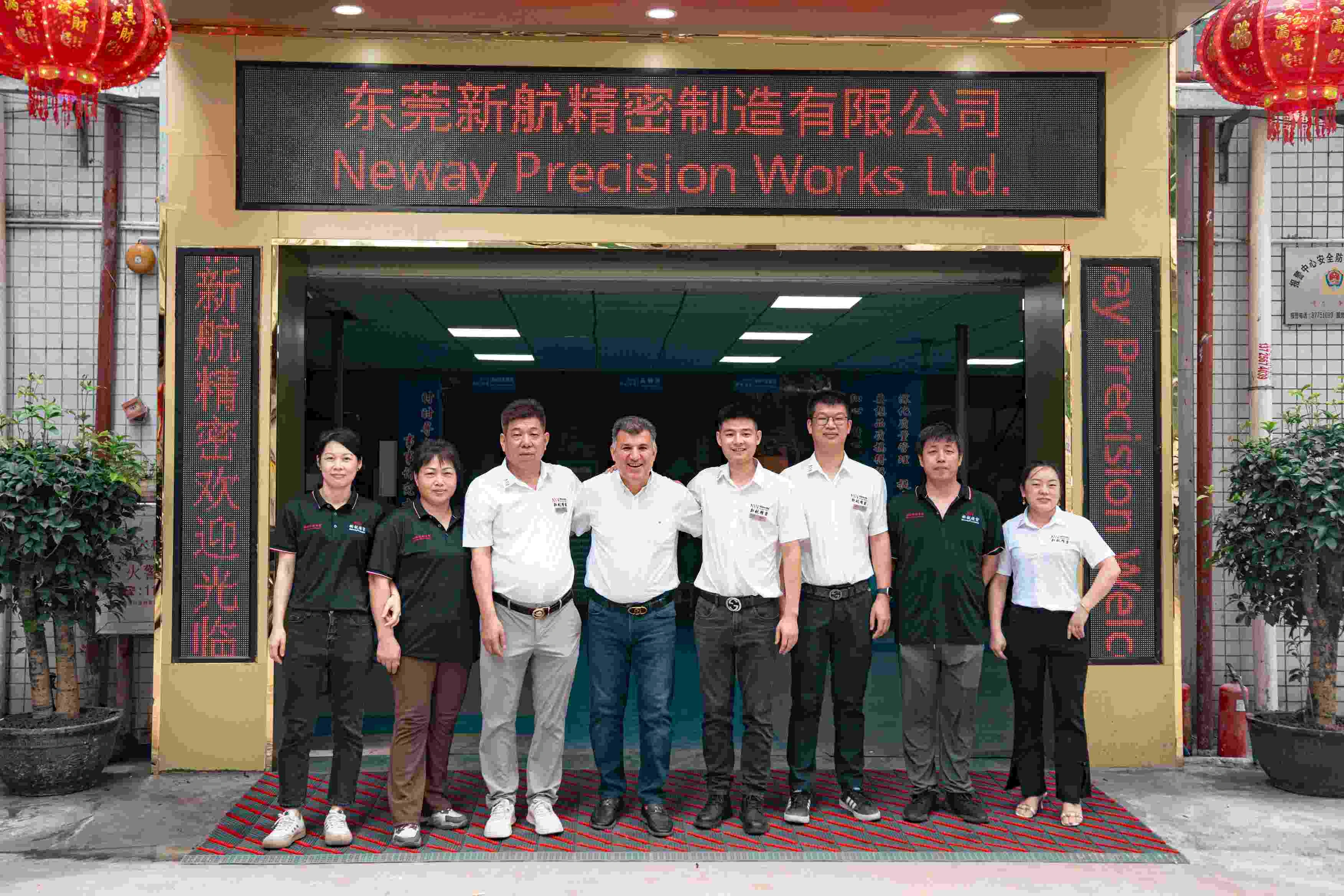Revolutionizing Consumer Products with Deep Hole Drilling Techniques
Introduction
In the rapidly evolving Consumer Products industry, innovative deep-hole drilling techniques are redefining product design and functionality. Components such as home appliance parts, electronic device housings, personal care items, and specialized sporting equipment increasingly rely on precision internal channels and holes for enhanced performance, aesthetics, and durability.
Advanced CNC drilling services specializing in deep hole drilling deliver exceptional accuracy, smooth surface finishes, and intricate internal structures. Mastering these techniques allows manufacturers to create lighter, more efficient, and aesthetically appealing consumer products.
Consumer Product Materials
Material Performance Comparison
Material | Tensile Strength (MPa) | Flexural Strength (MPa) | Density (g/cm³) | Typical Consumer Uses | Advantage |
|---|---|---|---|---|---|
310-350 | 400-450 | 2.70 | Appliance components, sports equipment | Lightweight, excellent machinability | |
40-50 | 70-75 | 1.04 | Electronic housings, personal care devices | High impact resistance, good machinability | |
55-70 | 85-95 | 1.20 | Transparent covers, eyewear frames | High strength, optical clarity | |
505-700 | 550-650 | 8.03 | High-end kitchenware, precision tools | Corrosion resistance, durability |
Material Selection Strategy
Material selection for deep hole drilling in consumer products should match specific application needs:
Lightweight components in appliances and sports equipment: Aluminum 6061 provides excellent machinability and strength-to-weight ratio.
Durable, impact-resistant electronic housings: ABS offers reliable performance and ease of machining.
Transparent covers or eyewear requiring strength and optical clarity: Polycarbonate (PC) is ideal.
Premium kitchenware and precision personal care products: Stainless Steel SUS304 ensures durability and aesthetic appeal.
Deep Hole Drilling Processes
Process Performance Comparison
Drilling Technology | Hole Diameter Range (mm) | Depth-to-Diameter Ratio | Typical Consumer Uses | Key Advantages |
|---|---|---|---|---|
2-30 | Up to 100:1 | Sporting equipment, appliance parts | High precision, excellent internal surface | |
15-100 | Up to 200:1 | Large appliance components | Efficient drilling, excellent chip evacuation | |
1-50 | Up to 50:1 | Complex electronic housings, ergonomic tools | Flexible, precise angled holes | |
0.1-2 | Up to 100:1 | Micro-channels, precision personal care tools | Ultra-precise, minimal thermal distortion |
Process Selection Strategy
Choosing the best deep hole drilling technique depends on product complexity and functional demands:
Precision internal channels in appliances and sporting goods: Gun Drilling offers outstanding accuracy and smooth surfaces.
Large-diameter holes in substantial product components: BTA Drilling ensures efficiency and hole straightness.
Intricately designed electronic device housings: Multi-Axis CNC Drilling provides necessary versatility and precision.
Extremely fine channels in personal care devices and precision electronics: EDM Drilling excels in accuracy and minimal distortion.
Surface Treatment
Surface Treatment Performance
Treatment Method | Corrosion Resistance | Wear Resistance | Temperature Stability (°C) | Typical Consumer Uses | Key Features |
|---|---|---|---|---|---|
Excellent (≥500 hrs ASTM B117) | Moderate-High | Up to 400 | Appliance parts, sporting equipment | Enhanced surface hardness, aesthetic appeal | |
Excellent (≥400 hrs ASTM B117) | Moderate | Up to 100 | Electronics casings, appliance panels | Customizable colors, aesthetic versatility | |
Superior (≥800 hrs ASTM B117) | Moderate | Up to 350 | Premium kitchenware, stainless steel tools | Smooth surfaces, improved aesthetics | |
Excellent (≥400 hrs ASTM B117) | Moderate-High | Up to 120 | Plastic housings, optical lenses | Durable, glossy finish |
Surface Treatment Selection
Surface treatments significantly enhance consumer product functionality and aesthetics:
Aluminum appliance components and sporting equipment: Anodizing offers durability and a premium appearance.
Plastic electronic devices needing customizable colors: Painting provides versatile aesthetics and surface protection.
High-end stainless steel kitchenware: Electropolishing delivers superior smoothness and visual appeal.
Plastic covers and lenses requiring durable high-gloss finishes: UV Coating ensures visual attractiveness and scratch resistance.
Quality Control
Quality Control Procedures
Precision dimensional inspection utilizing Coordinate Measuring Machines (CMM) and optical systems.
Surface finish verification with advanced profilometry tools.
Mechanical tests (tensile, flexural strength) complying with ASTM and ISO consumer standards.
Non-destructive testing (NDT), including visual and ultrasonic inspections for internal integrity.
Corrosion resistance verification through ASTM B117 salt spray testing.
Detailed documentation and traceability adhering to ISO 9001 quality management standards.
Industry Applications
Deep Hole Drilled Consumer Product Applications
High-performance home appliance components.
Sporting goods featuring precise internal channels.
Complex electronic housings and ergonomic devices.
Precision-designed personal care tools and accessories.
Related FAQs:
How does deep hole drilling enhance consumer product design?
Which materials are most effective for precision consumer products?
What benefits does gun drilling offer consumer sporting goods?
Which surface treatments improve durability and aesthetics of consumer products?
What quality standards are essential for drilled consumer product components?

